- Gestión de Procesos de Negocio (BPM)Sistema de Gestión de Documentos (SGD)Sistema electrónico de gestión de la calidad (SGC)Riesgo, Gobernanza y Cumplimiento (GRC)Desarrollo rápido de aplicaciones de bajo código (LC)Gestión de la Continuidad de Negocio (BCM)Arquitectura Empresarial (EA)Gestión de Procesos de Negocio (BPM)
- Visión general de la gestión de procesos negocio
- Análisis, generación, análisis y mejora de procesos de IA
- Mapeo / Modelado de Procesos
- Análisis y mejora de procesos
- Simulación de procesos
- Minería de procesos
- Colaboración y gobernanza
- Data Migración e integración
- Aplicación offline de Interfacing
 Sistema de Gestión de Documentos (SGD)
Sistema de Gestión de Documentos (SGD)- Visión general del control de documentos
- Creación y mejora de contenidos de IA
- Gestión de políticas y procedimientos (PNT)
- Colaboración y gobernanza
- Data Migración e integración
- Aplicación offline de Interfacing
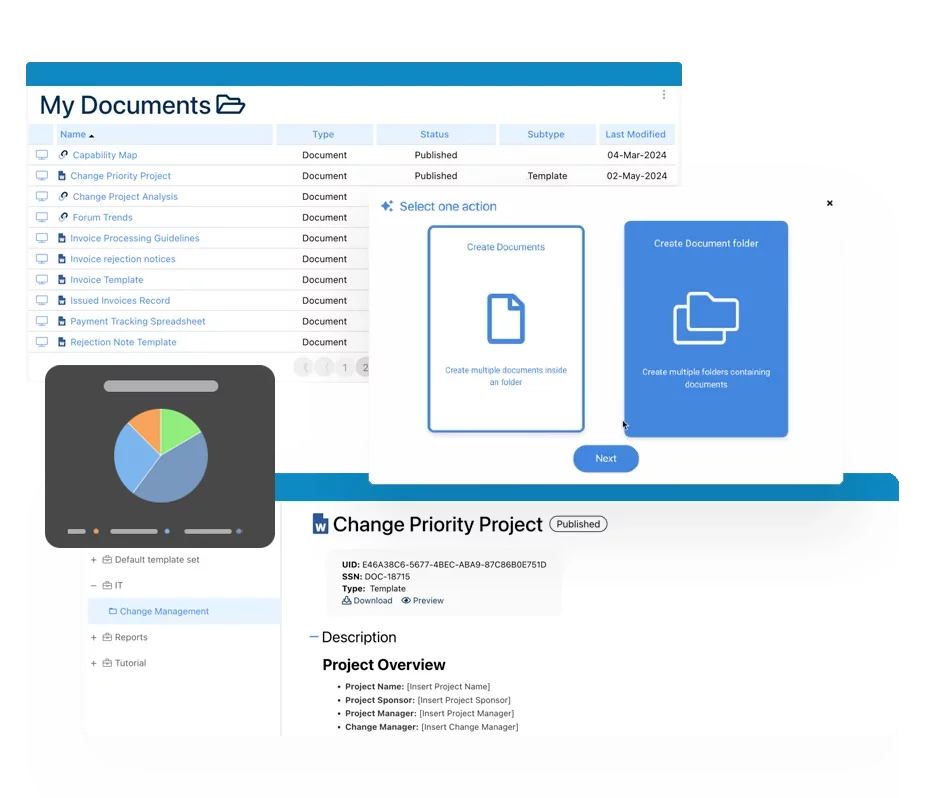 Sistema electrónico de gestión de la calidad (SGC)
Sistema electrónico de gestión de la calidad (SGC)- Visión general del sistema de gestión de la calidad
- Control de Documentos y gestión de Registros
- Gestión de Auditoría y Acreditación
- Acción correctiva y preventiva
- Evento de calidad (No conforme/Quejas, Conformidad)
- Gestión de riesgos
- Gestión de incidentes
- Salud y seguridad medioambiental
- Gestión de productos y proveedores (SCAR)
- Gestión de la formación
- Gestión del Control
- Gestión de elementos de acción
- Revisión de la gestión
- FMEA
- Farmacovigilancia
- Data Migración e integración
 Riesgo, Gobernanza y Cumplimiento (GRC)
Riesgo, Gobernanza y Cumplimiento (GRC)- Visión general de Riesgo, Gobernanza y Cumplimiento
- Gestión de riesgos y control
- Cumplimiento de la normativa
- Colaboración y gobernanza
- Data Migración e integración
- Aplicación offline de Interfacing
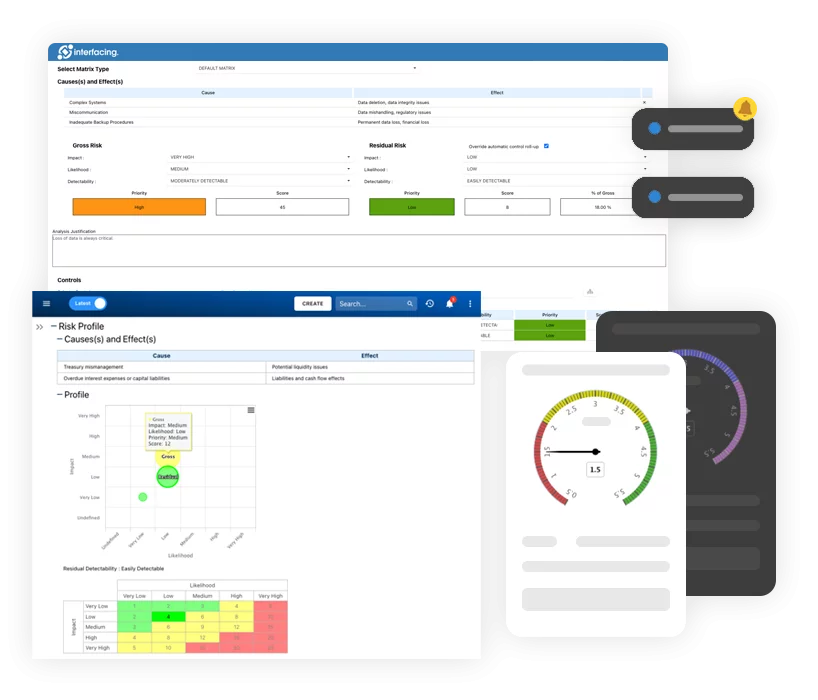 Desarrollo rápido de aplicaciones de bajo código (LC)
Desarrollo rápido de aplicaciones de bajo código (LC)- Visión general de la plataforma de automatización Low Code
- Diseño de formularios web electrónicos (eFORMS)
- Visión general de la plataforma de automatización Low Code
- Diseñador de entidades de tabla de base de datos
- Diseñador de Integración de Sistemas
- Seguimiento y delegación de tareas
- Reglas/Guardias/Acciones personalizadas
- Servicios de mensajes de texto/voz
- BAM (Monitorización de la Actividad Empresarial)
- Data Migración e integración
 Gestión de la Continuidad de Negocio (BCM)
Gestión de la Continuidad de Negocio (BCM)- Visión general de BCM
- Análisis del impacto empresarial
- Planificación de la continuidad de la actividad
- Simulación de recuperación en caso de catástrofe
- Gestión de elementos de acción
- Gestión de notificaciones masivas
- Gestión de activos
- Data Migración e integración
 Arquitectura Empresarial (EA)
Arquitectura Empresarial (EA) Consulting Services
Interfacing está aquí para guiarle en cualquier iniciativa de transformación.
- IndustriasCumplimiento de la normativaCasos prácticosCentro de AprendizajeMarco y prácticasIndustrias
- Sanidad
- Tecnología de dispositivos médicos
- Ciencias de la vida, Farmacéutica
- Aeroespacial y Defensa
- Aerolíneas y aviación
- Medios de comunicación y telecomunicaciones
- Gobierno y Ejército
- Tecnología
- Energía
- Logística y Operaciones Portuarias
- Banca y mercados de capitales
- Comercio minorista y consumo
- Consulta
- Educación
- Ingeniería y construcción
- Fabricación
- Servicios financieros
- Seguros
- Productos químicos
Cumplimiento de la normativaCasos prácticosCentro de AprendizajeMarco y prácticas - Sobre nosotrosÉxito del clienteSociosSobre nosotrosÉxito del clienteSocios


NIST 800-53 vs ISO 27001: Complementary Frameworks, Not Competitors
Please Select contact form.
Discover how SaaS providers can combine ISO 27001’s governance with NIST 800-53’s technical controls to build stronger compliance frameworks.
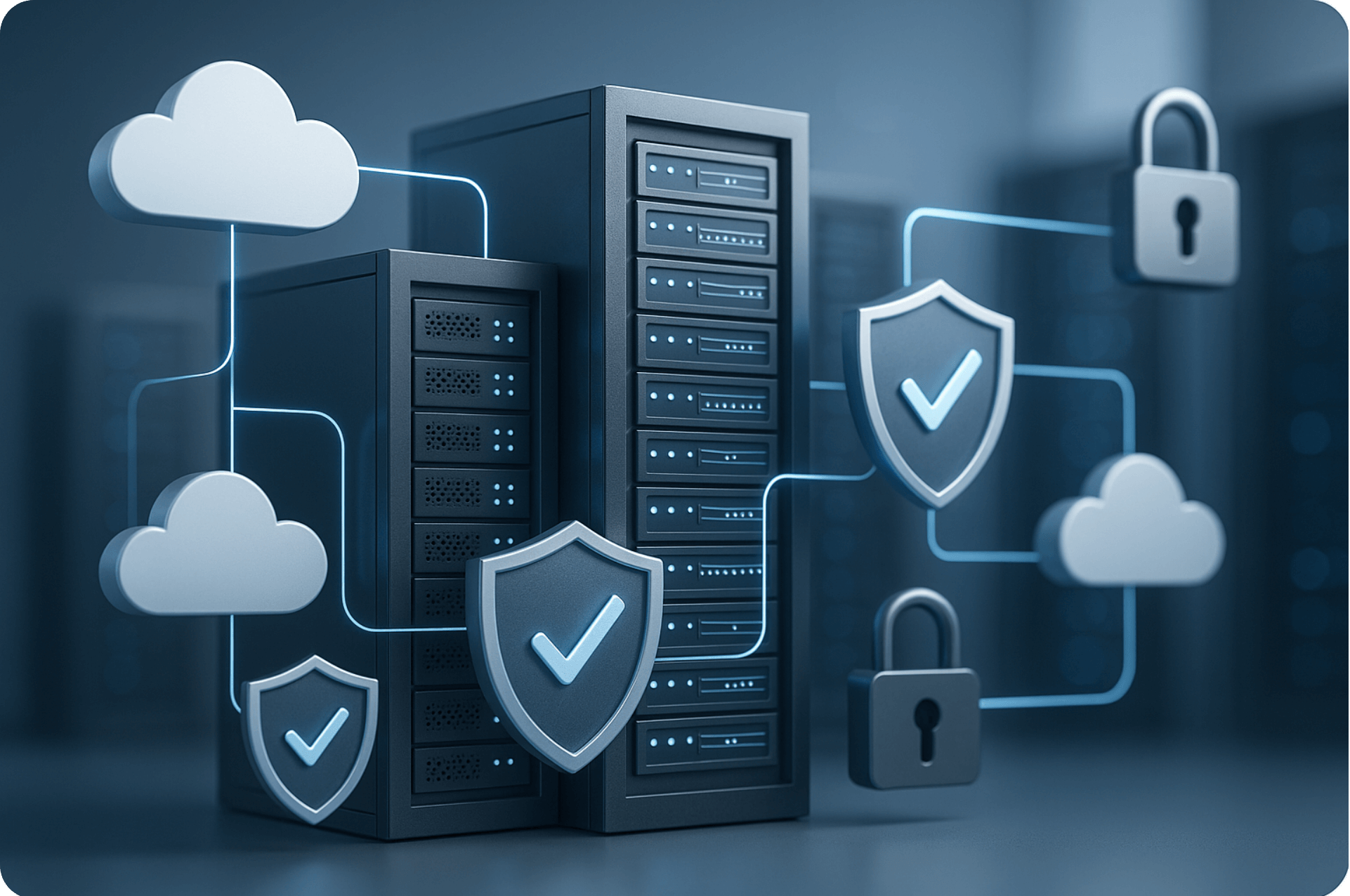
Executive Summary
NIST Special Publication 800‑53 (Rev 5, Sept 2020) and ISO/IEC 27001 (2013) represent two leading cybersecurity and privacy frameworks adopted by global SaaS providers, especially in highly regulated industries like life sciences, aerospace, and financial services. Though often viewed as alternatives, each serves a distinct and complementary role:
NIST 800‑53 offers granular, prescriptive controls across 20 families (e.g., access, incident response, supply-chain risk).
ISO 27001 defines a risk-based Information Security Management System (ISMS), focused on what to do and why.
When used in tandem:
ISO 27001 sets strategic objectives and policy structures, fostering a culture of governance and continuous improvement.
NIST 800‑53 provides granular guidance to execute on those objectives with technical precision.
Together, they address both the high-level management system and the low-level operational controls, enabling SaaS firms to achieve robust compliance, defend against technical and process risks, and build trust with clients and regulators worldwide.
Bottom line: Leveraging ISO 27001 and NIST 800‑53 together lets SaaS organizations create an integrated, scalable, and defensible compliance framework.
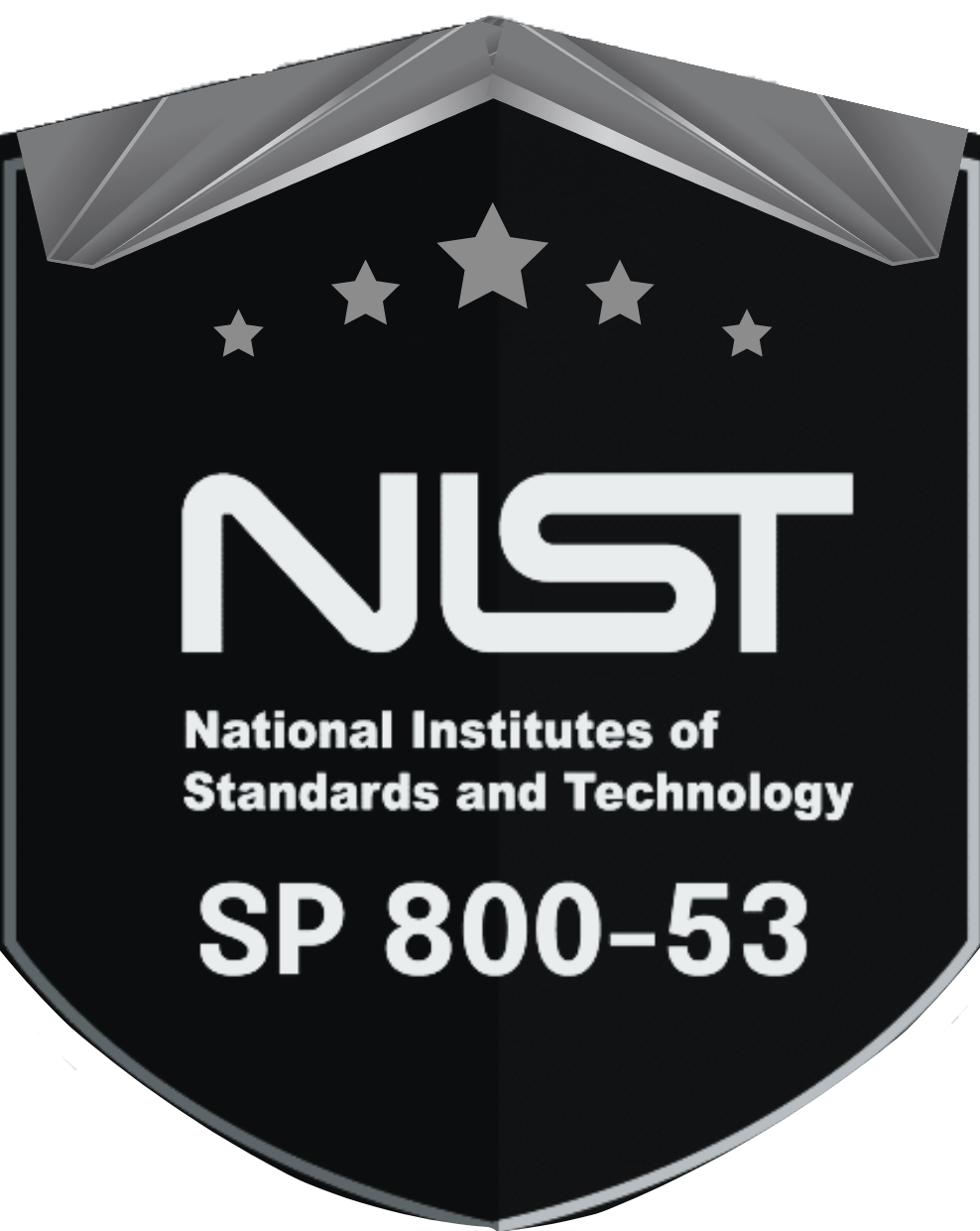
NIST 800-53
- Purpose: Offers over 1,000 detailed security and privacy controls grouped into 20 families.
- Approach: Prescriptive execution, technology-neutral, outcome-focused.
- Strengths:
- Very detailed control definitions
- Strong on cloud, supply-chain and privacy since Rev 5
- Built for audit delegation (FedRAMP, CMMC)
- Challenges:
- Can overwhelm organizations with its scope
- Requires technical expertise to implement effectively
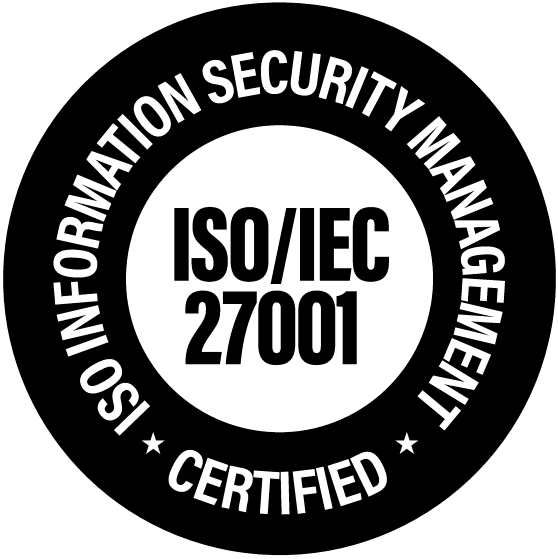
ISO 27001
- Purpose: Defines requirements for establishing, implementing, maintaining, and improving an Information Security Management System.
- Approach: Risk-based; sets high-level controls via Annex A, but remains implementation-agnostic.
- Strengths:
- Universal recognition, often required for contracts
- Focus on governance, leadership, and continuous improvement
- Scalable—effective in small and large enterprises
- Challenges:
- Annex A controls are high-level and open-ended
- Requires supplementary controls to implement fully
Strengths & Weaknesses Compared
| Dimension | ISO 27001 | NIST 800‑53 |
|---|---|---|
| Purpose | High-level ISMS structure | Detailed control catalog |
| Governance & Policy | Strong focus, leadership-driven | Control-driven, less governance focus |
| Technical Controls | Abstract, requires interpretation | In-depth, audit-ready definitions |
| Implementation Effort | Moderate, scalable | High, resource-intensive |
| Global Recognition | ISO-accredited globally | Widely used in U.S., gaining global traction |
| Audit Partners | Certification bodies | 3PAOs, ATO, FedRAMP |
| Updates & Relevance | Periodic (every few years) | Revised set in Rev 5 (2020) |
Shared Domains & Where They Complement
Governance & Risk Management
- ISO 27001 formalizes risk assessment, treatment plans, and management reviews.
- NIST 800‑53 supports this with Risk Assessment (RA) and Security Assessment (CA) control families—thus enabling measurable, repeatable risk decisions.
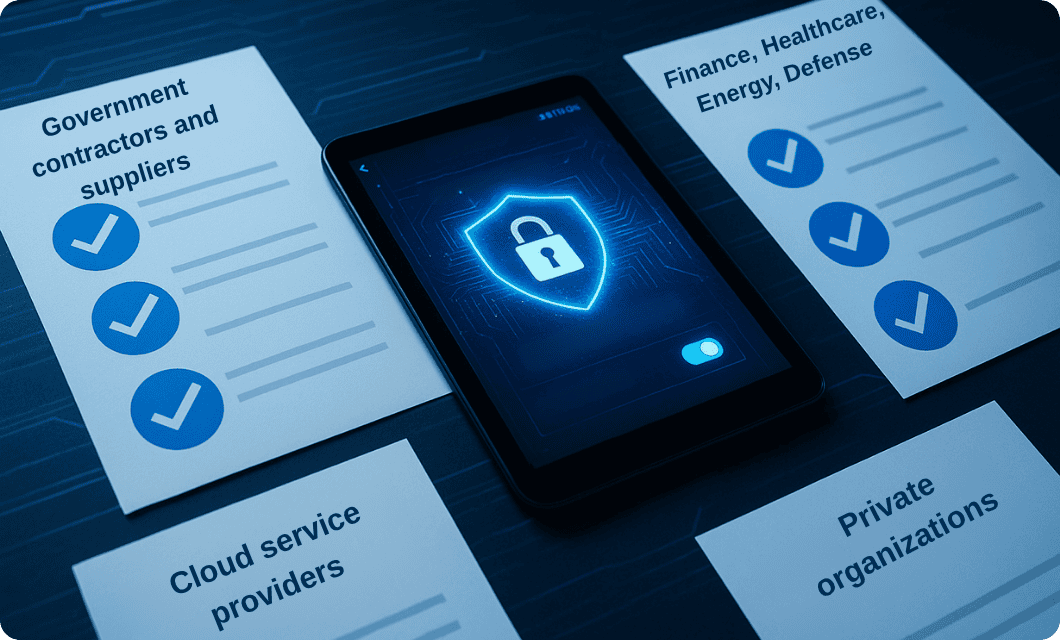

Access Control & Identity
- ISO provides high-level intent via Annex A.
- NIST details implementation in Access Control (AC) family, covering account management, authentication, session control.


Supplier / Supply‑chain Risk
- ISO 27001 Annex A.15 addresses supplier relationships generically.
- NIST 800‑53 Rev 5 expands with Supply Chain Risk (SR) family, offering specific vendor evaluation and monitoring controls..


Incident Response
- ISO demands incident capabilities via A.16.
- NIST delivers Incident Response (IR) family with direct technical controls on detection, analysis, mitigation, and reporting.
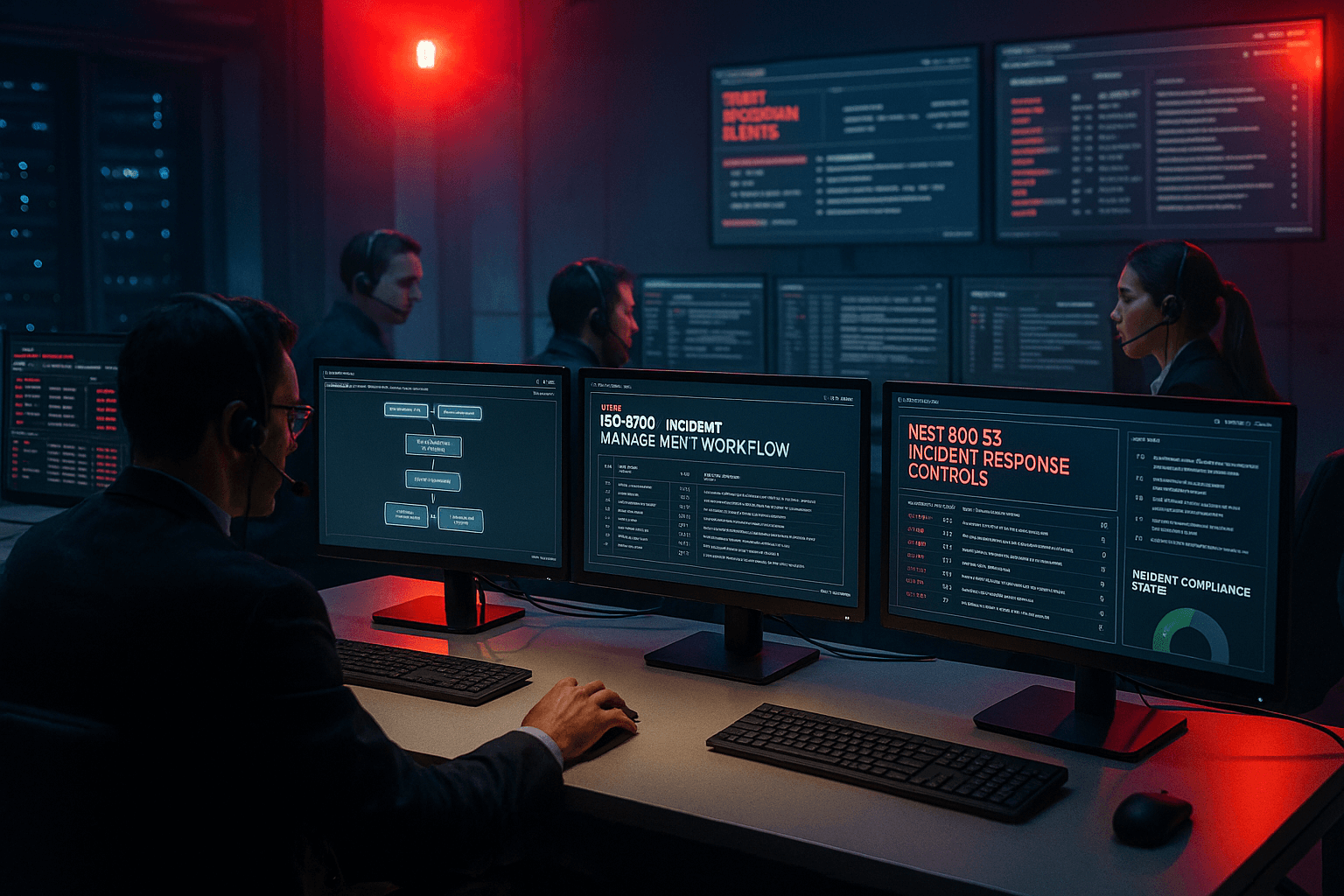

Why SaaS Needs Both
Regulatory flexibility: Clients may require global certifications (ISO) or U.S.-centric frameworks (FedRAMP/NIST).
Operational clarity: ISO structures strategy; NIST delivers execution.
Risk visibility: ISO identifies issues; NIST provides measurable controls.
Continuous improvement: ISO ISMS supports feedback loops; NIST delivers evidence to prove it.
Quick Reference Matrix: ISO vs. NIST
-
Aspect ISO 27001 NIST 800‑53 Scope ISMS requirement standard Security/privacy control catalog Best For Governance, certification Technical enforcement, audit readiness Control Detail Level High-level objectives Detailed, specific controls Ideal Use Case Leadership-driven programs Cloud/SaaS operations, technical teams Certification Path ISO certifier FedRAMP or 3PAO auditor Continuous Monitoring Encouraged, not required Essential for audit/compliance
Strategic Takeaways for SaaS Compliance Teams

Build your ISMS foundation with ISO 27001 – establish risk management, policies, and management commitment.

Use NIST 800‑53 to operationalize control delivery – employ its catalogs to implement and validate technical controls.
Align audit and monitoring approaches – use NIST evidence for ISO audits and build continuous monitoring frameworks.
Reassess annually – use ISO-led reviews to adapt control coverage, including updates such as NIST Rev 5 enhancements.
Communicate in hybrid terms – clients and regulators appreciate both frameworks; use whichever is most relevant to your interlocutors.
A Comprehensive Solution
NIST 800‑53 and ISO 27001 are not competitors. Together, they offer a comprehensive solution: ISO provides the strategic governance layer, while NIST delivers the tactical control implementation required for technical and operational assurance. For SaaS providers in regulated industries, combining these frameworks creates a robust compliance engine that supports growth, audit readiness, and client trust across global environments.
¿Por qué elegir Interfacing?
Con más de dos décadas de experiencia en software de IA, Calidad, Procesos y Cumplimiento, Interfacing sigue siendo líder en el sector. Hasta la fecha, ha prestado servicio a más de 500 empresas de talla mundial y consultoras de gestión de todas las industrias y sectores. Seguimos ofreciendo soluciones digitales, en la nube y de IA que permiten a las organizaciones mejorar, controlar y agilizar sus procesos, al tiempo que alivian la carga de los programas de cumplimiento normativo y gestión de la calidad.
Para obtener más información o hablar sobre cómo Interfacing puede ayudar a su organización, rellene el siguiente formulario.

Documentación: Impulsando la Transformación, Gobernanza y Control
• Obtenga información integral en tiempo real sobre sus operaciones.
• Mejore la gobernanza, eficiencia y cumplimiento.
• Garantice la alineación fluida con los estándares regulatorios.

eQMS: Automatización de flujos de trabajo y reportes de calidad y cumplimiento
• Simplifique la gestión de calidad con flujos de trabajo automatizados y monitoreo..
• Optimice CAPA, auditorías de proveedores, capacitaciones y flujos relacionados..
• Transforme la documentación en información procesable para Calidad 4.0.
.

Desarrollo rápido de aplicaciones low-code: Acelerando la transformación digital
• Cree aplicaciones personalizadas y escalables de forma ágil.
• Reduzca el tiempo y costo de desarrollo.
• Adáptese rápidamente y manténgase ágil frente a las necesidades cambiantes de clientes y negocios.

¡IA para transformar su negocio!
Las herramientas impulsadas por IA están diseñadas para optimizar operaciones, mejorar el cumplimiento y fomentar el crecimiento sostenible. Descubra cómo la IA puede:
• Responder a las consultas de los empleados.
• Transformar videos en procesos.
• Formular recomendaciones sobre el impacto de la regulación y la mejora de los procesos
• Generar formularios electrónicos, procesos, riesgos, regulaciones, KPIs y mucho más.
• Desglosar estándares regulatorios en requisitos desagregados.

Request Free Demo
Document, analyze, improve, digitize and monitor your business processes, risks, regulatory requirements and performance indicators within Interfacing’s Digital Twin integrated management system the Enterprise Process Center®!
Con la confianza de Clientes en todo el mundo
Más de 400+ empresas y consultoras de gestión de talla mundial




















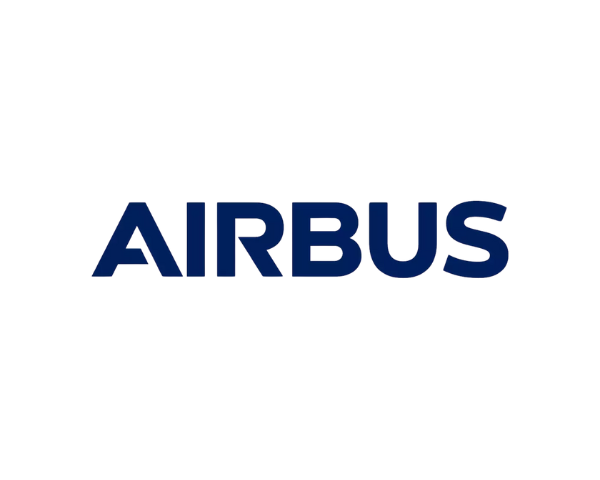
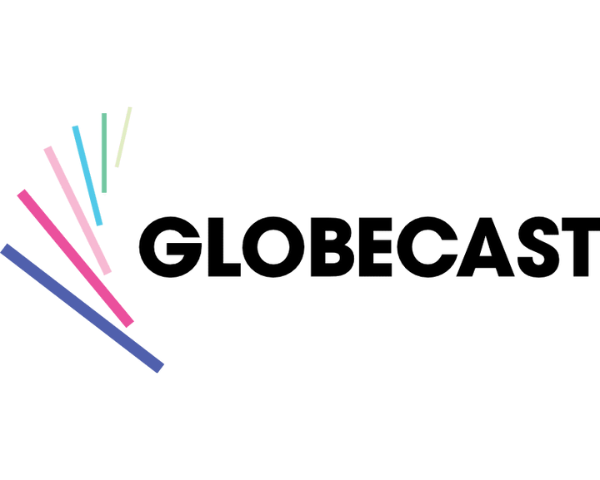
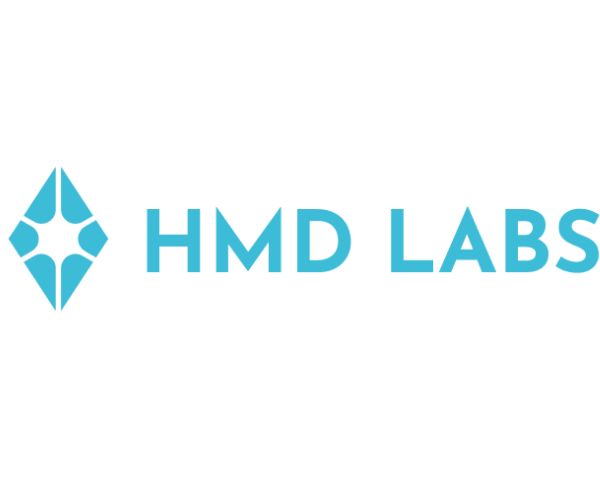
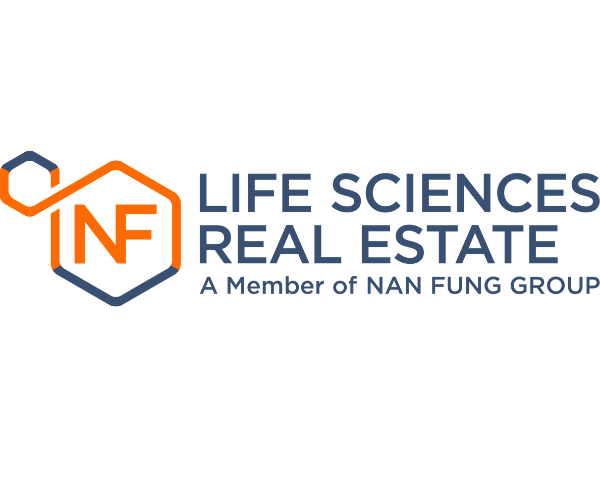
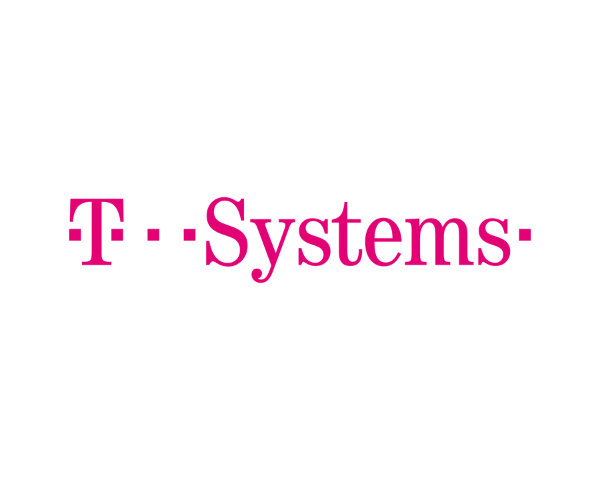

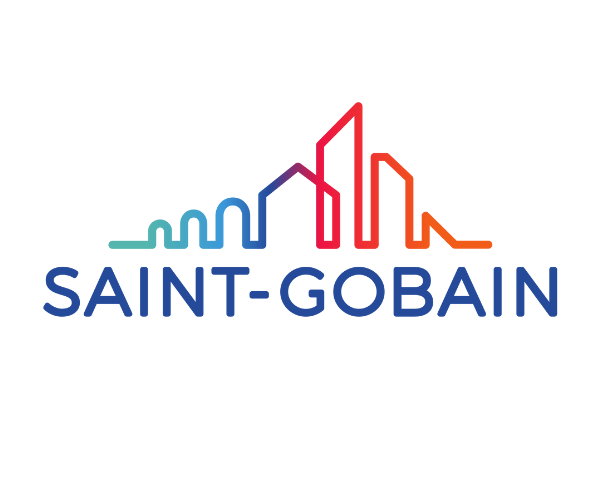

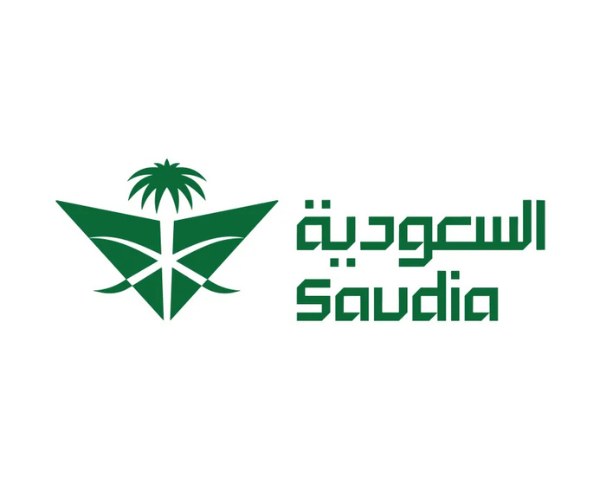






















Integración
Con la confianza de Clientes en todo el mundo Integración
Más de 400+ empresas y consultoras de gestión de talla mundial



























